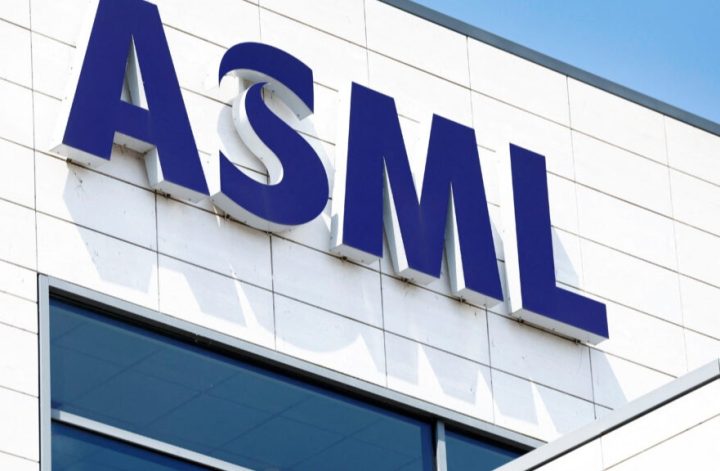Taiwan Semiconductor Manufacturing Company (TSMC) is the chipmaking giant behind Apple, Nvidia, and many other US firms. The company has been making headlines for all the wrong reasons lately. As if Donald Trump’s tariff threats weren’t enough, the firm now has to deal with stolen tech, that too at the hands of a 3-year-old startup.
An employee of the semiconductor company used his work laptop to remotely access designs related to the latest 2nm technology. He used multiple three-minute sessions to access files and took pictures using a smartphone. By the time the company detected this suspicious access, potentially thousands of files had already been leaked.
Those leaked files ended up in the hands of an employee at Tokyo Electron (TEL), a company that works closely with TSMC, especially when it comes to R&D. But the story doesn’t end here. There’s a third company that is raising eyebrows, a Japanese startup by the name Rapidus, formed just 3 years ago.
On July 18th, Rapidus announced that it had begun prototyping for its 2nm technology. The timeline of this announcement, in the context of TSMC leaks, is raising suspicions. More so because TEL is closely connected with Rapidus. The former TEL CEO, Tetsuro Higashi, is currently leading the startup with the backing of the Japanese government.
Why this isn’t a simple heist
The rapid rise of Rapidus in manufacturing 2nm nodes makes for a great success story. The TSMC leaks add just the right amount of drama for a Hollywood movie. But is it really that simple to steal chip designs and start making your own?
Not even close. Chip manufacturing is a highly specialized field. There’s a good reason why global tech companies bow down to TSMC when it comes to manufacturing their designs: it’s bloody hard!
What exactly is the 2nm technology?
A chip(also called a Microchip or an Integrated Circuit) is a tiny piece of silicon containing billions of transistors. Think of these transistors as switches that rapidly turn on and off to perform operations that power our computers.
Think of 2nm as the size of each of these transistors on a chip(that’s not exactly true, but this isn’t a scientific paper either, so we’ll let that slide for now). For context, a human hair is about 100,000 nm in diameter!
Currently, companies like Apple and Nvidia design chips for the 3nm node. A move to 2nm would mean more transistors packed on the same chip, which would mean more compute for approximately the same amount of power. This reduced power would, in turn, reduce the cost of AI training. Hence, all the fuss around it.
Designing the 2nm chips isn’t the hard part. The real deal is manufacturing them. So let’s dig into that.
The manufacturing challenge
It all starts with a flat, round piece of silicon( called a wafer). Tiny transistor patterns are etched onto the surface of this wafer in multiple layers, forming a 3D transistor structure at the nanometer scale. There’s only one company in the world that can do this: ASML Holdings.
The wafer is then sliced into individual pieces called chips, just like a potato is cut into fries (yes, that’s where the name comes from)
Each chip is then tested to see if all the transistors on it are working correctly. The billions of transistors aren’t individually checked. Instead, tests are conducted to catch any defects. There are companies dedicated to only this part of the process(Teradyne, FormFactor, etc.)
Once this process is completed, the chips with the best testing performance(usually in the center of the original wafer) are presented to the buyer. If the buyer is satisfied with the yield(the percentage of transistors that are defect-free on a chip), large-scale manufacturing can begin.
This is exactly where TSMC stands today, expecting to ramp up 2nm production in the second half of 2025. Rapidus, the firm that allegedly got its hands on the 2nm designs, is nowhere close. It is unlikely to start manufacturing before 2027, though the latest developments could shrink that timeline.
And that’s how it could well stay for the near future. Stealing trade secrets is one thing. Stealing market share is another. You could hand over the same designs to China, and China won’t be anywhere close to manufacturing 2nm chips. China is still working on older 14nm chips since it does not have access to the cutting-edge tools needed to manufacture these chips.
The geopolitical angle
In the backdrop of all this, there are geopolitical considerations. Japan is pouring billions into Rapidus in the hope that it can regain the dominance it held from the 1960s to the 1980s. Taiwan is a flashpoint in US-China relations, and the AI dominance race has everyone carefully looking after their interests.
Interestingly, this would have been a perfect story to pin on China, were it not for the fact that these designs are useless for them in the grand scheme of things. Japan and Korea, two countries connected to this theft, have much more to gain. But it will take them years to come even close to TSMC. Companies like Intel and Samsung have been competing with TSMC for decades, and even they haven’t come close to taking TSMC’s market share.
For now, the world still bows down to Taiwan to manufacture cutting-edge chips. For this theft to change things, it would still take years, if not decades.




